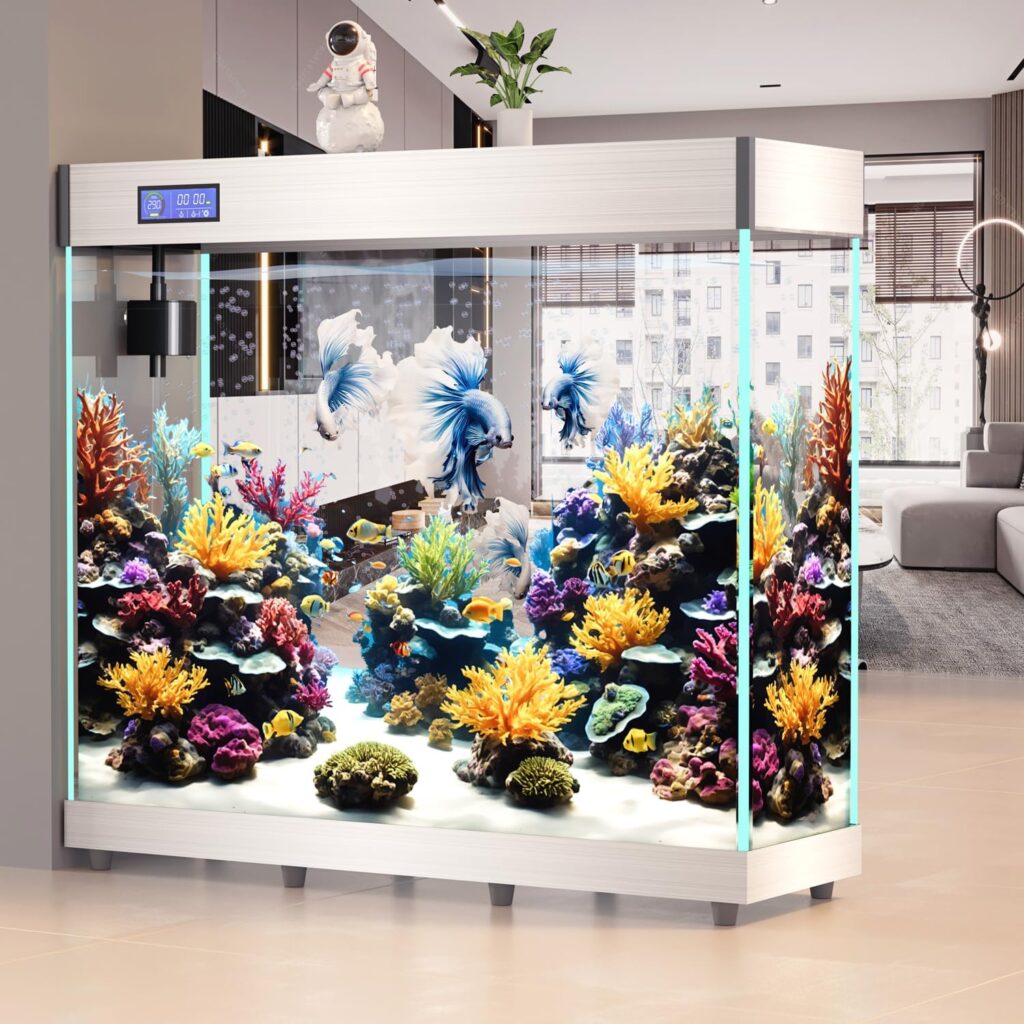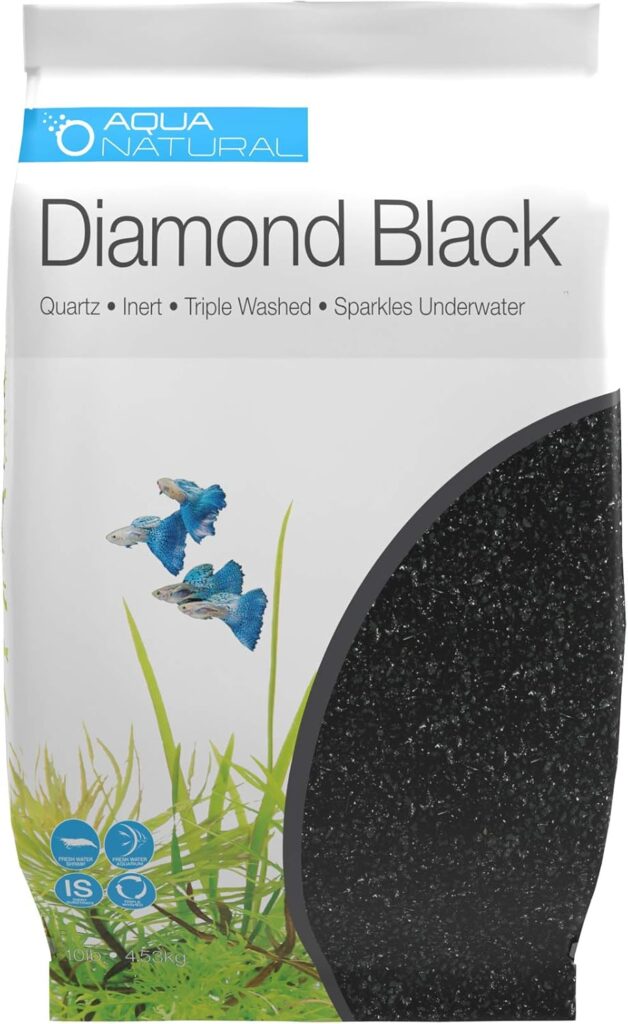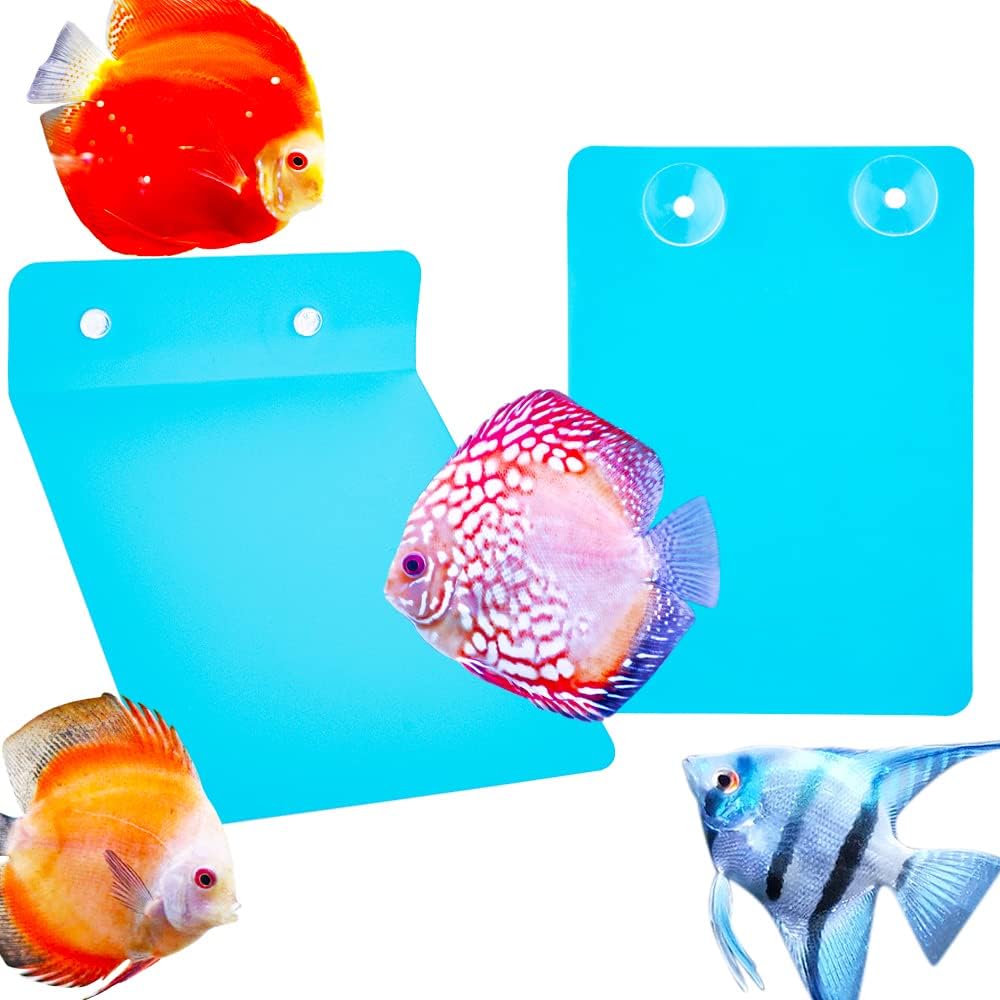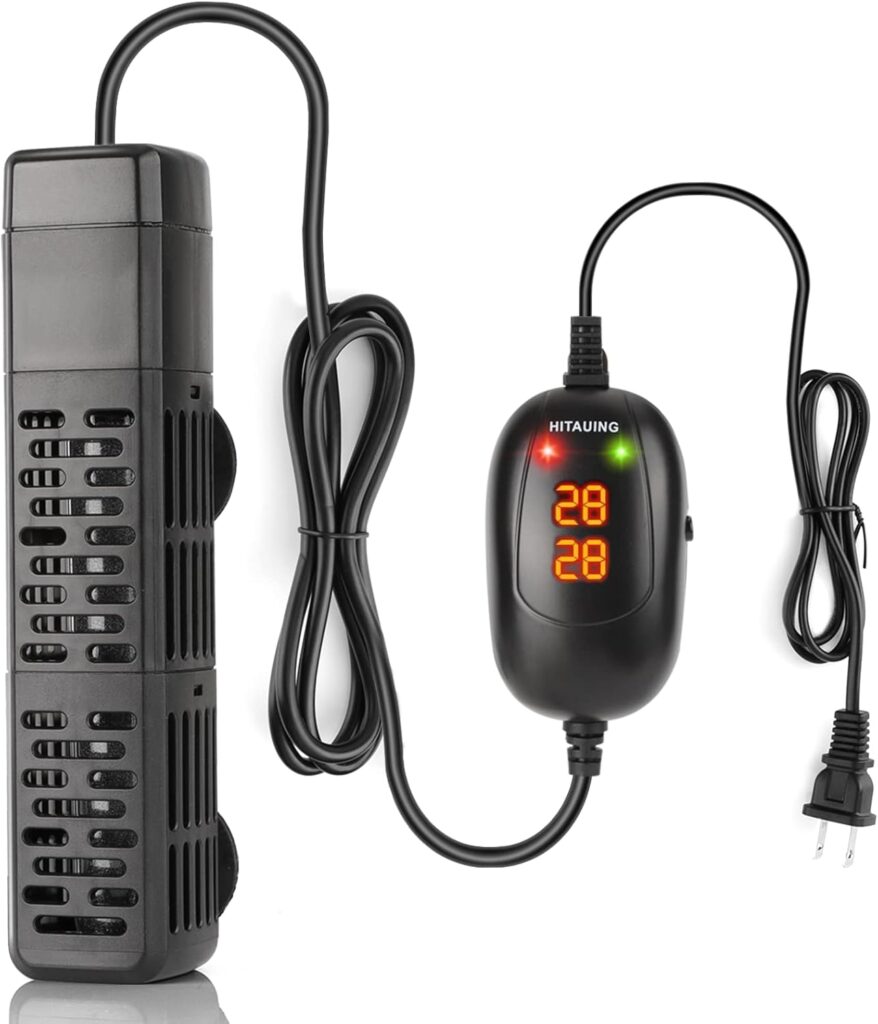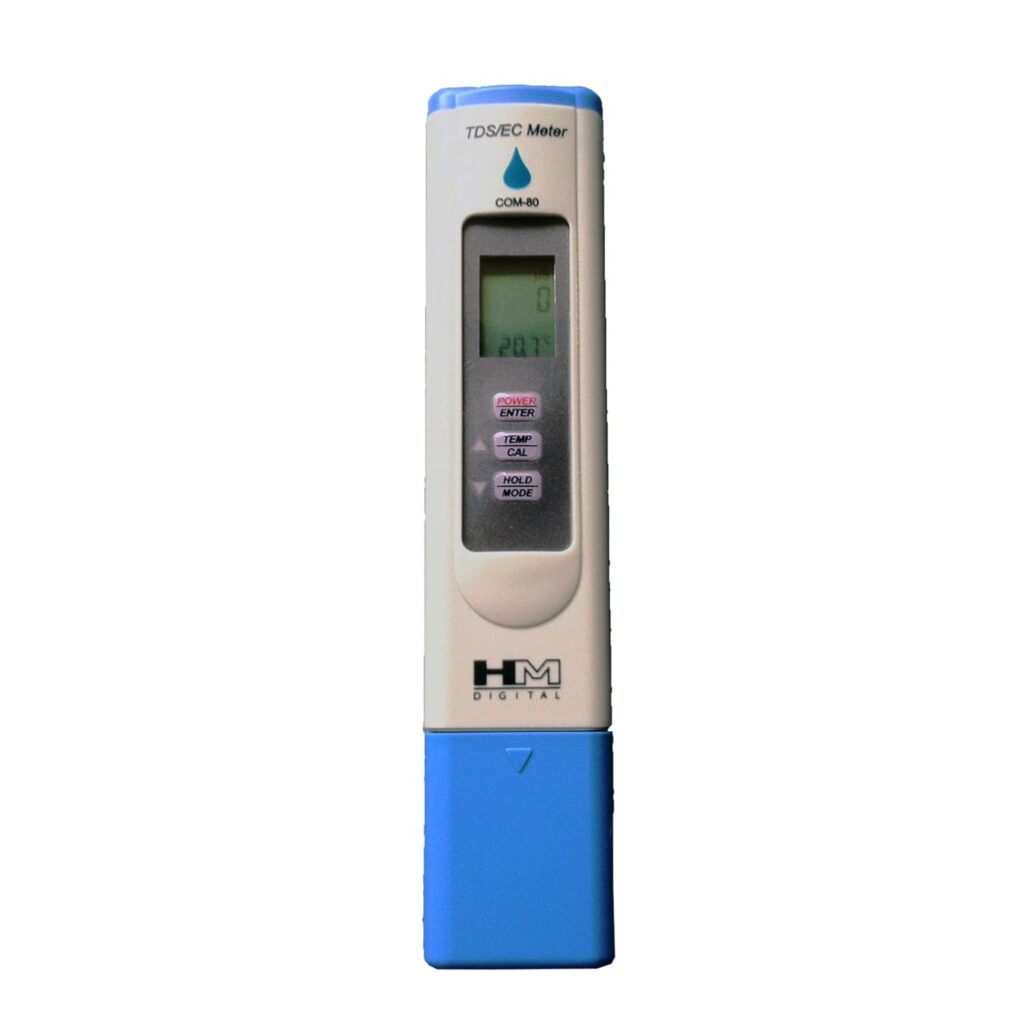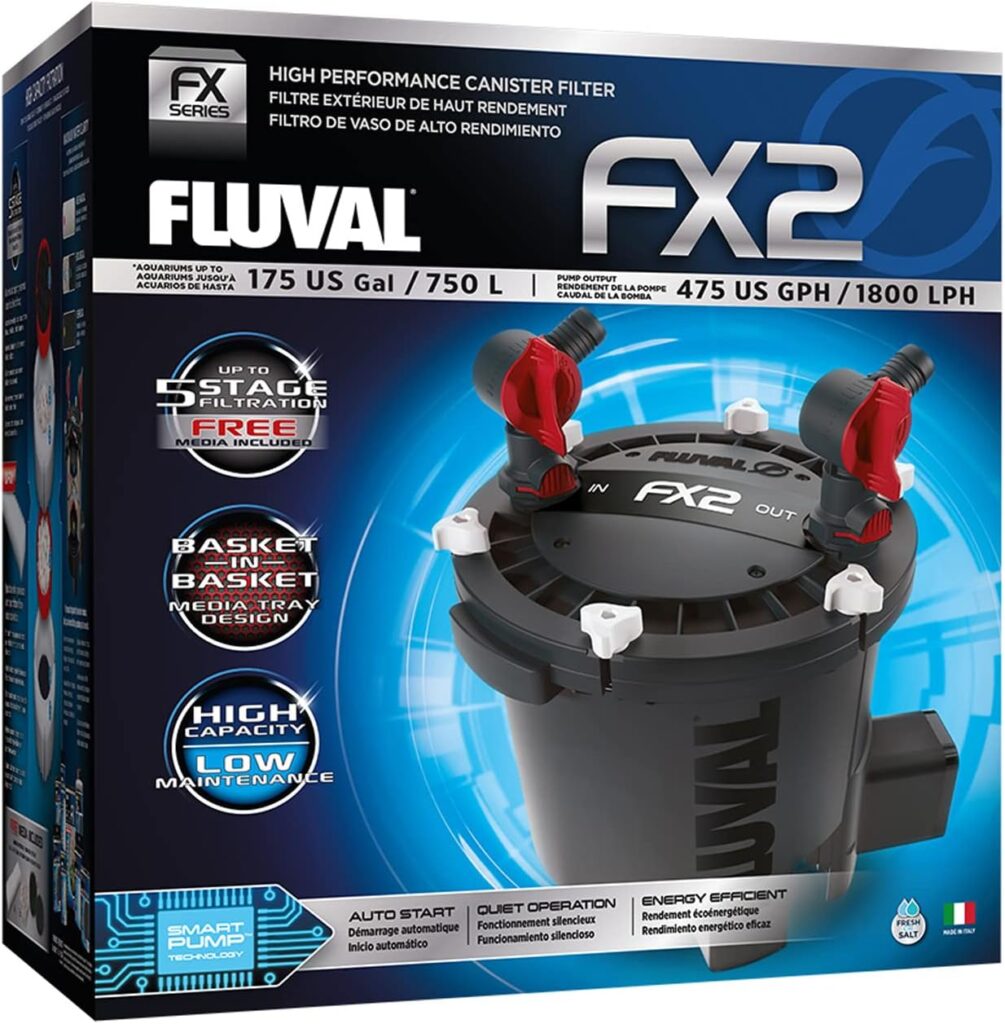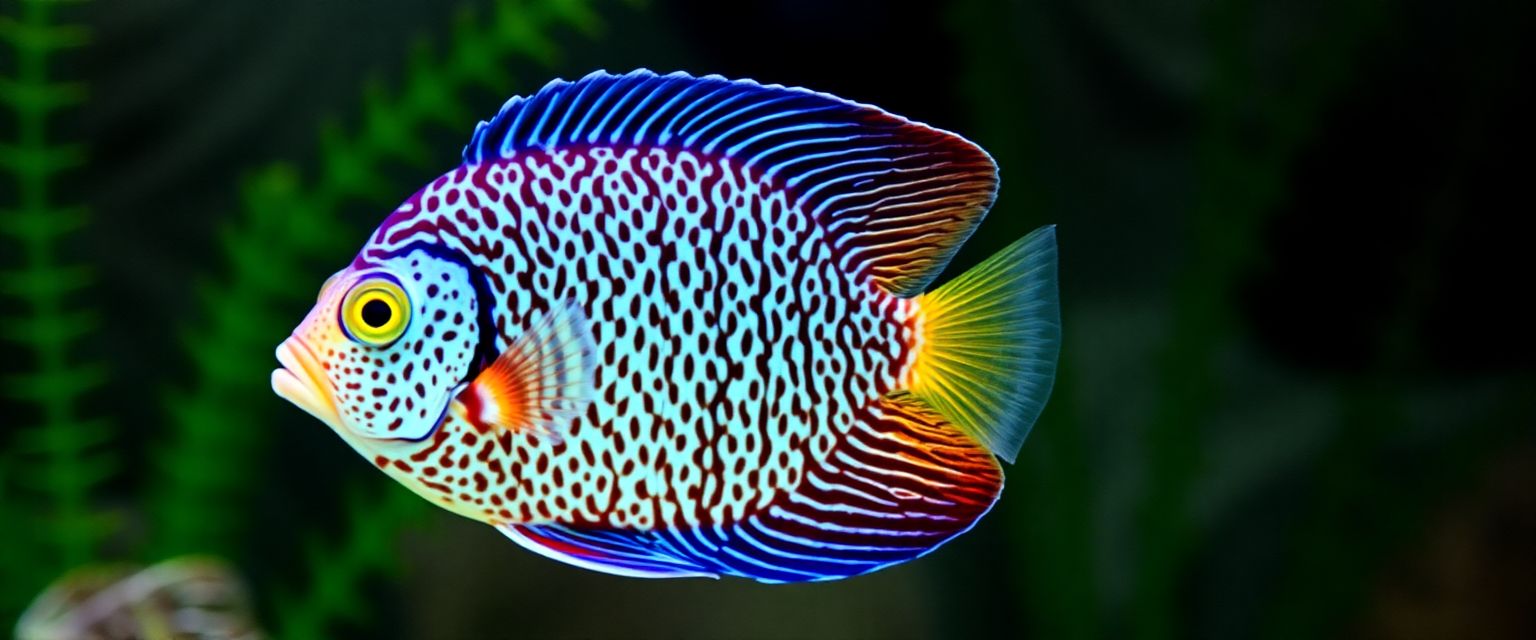
Introduction
Breeding discus fish is a rewarding yet intricate endeavor requiring careful planning, attention to detail, and consistency. As delicate Amazonian cichlids, discus thrive under specific water conditions and dietary needs, making their breeding process more complex than that of other aquarium fish. Whether you’re an experienced aquarist or a beginner, this comprehensive guide will walk you through the essential steps for setting up and managing a successful discus breeding tank.
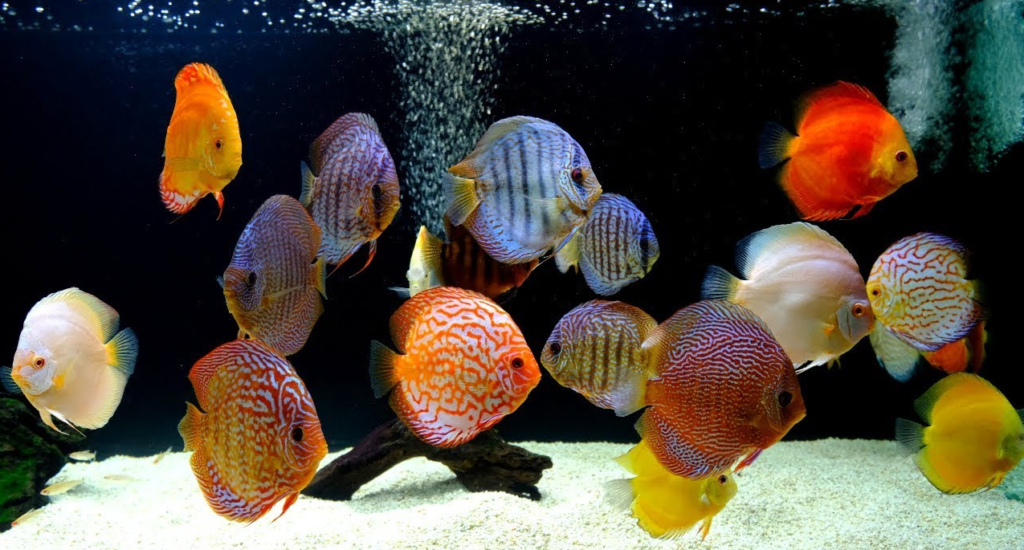
Discus Care
Creating the Ideal Breeding Environment
Tank Size and Setup
For a breeding pair of discus,
….a minimum 50-gallon tank is recommended. This allows adequate space for territories and parental care of the fry.
Key Setup Considerations:
- Tank Placement: Position the tank away from direct sunlight and drafts for stable conditions.
- Sturdy Stand: Ensure the stand can support the weight of a fully filled aquarium.
The BEST Budget Aquarium Stand and It Will Hold up to 1400lbs!
- Decor: A bare-bottom tank simplifies cleaning, but a thin layer of fine sand can add a natural touch.
- Breeding Surface: Install a breeding cone or slate for egg-laying.
Water Parameters for Optimal Breeding
Discus fish thrive in soft, slightly acidic, warm water, mimicking their natural Amazonian habitat.
Ideal Conditions:
- Temperature: 82-86°F (28-30°C)
- pH: 6.0-7.0 (ideal ~6.5)
- Water Hardness: 1-4 dGH
How to Achieve These Conditions:
- Heater: Invest in a precise, adjustable heater.
- Water Source: Use RO (reverse osmosis) water and remineralize it for proper softness.
- Filtration: Monitor TDS (Total Dissolved Solids) with a digital meter.
Filtration and Water Changes
Discus are sensitive to poor water quality, so a robust filtration system and regular maintenance are critical.
Recommended Filtration Setup:
- Canister Filter: Rated for at least twice the tank volume.
Fluval FX2 One Year Later – A Great Aquarium Canister Filter
- Mechanical Filtration: Sponges/floss for debris removal.
- Biological Filtration: Ceramic rings/bio-balls for beneficial bacteria.
- Chemical Filtration: Activated carbon for organic waste removal.
- Water Changes: Daily 20-30% water changes keep conditions pristine.
HOW TO: Breed Discus Fish
Selecting and Conditioning Breeding Pairs
Choosing Healthy Breeding Fish
For successful breeding, select healthy, mature discus (12-14 months old) with the following traits:
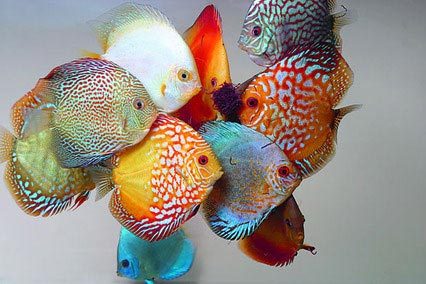
- Round Body: Symmetrical, well-proportioned fish.
- Fin Condition: Long, flowing, undamaged fins.
- Bright Coloration: Clear, vivid colors.
- Active Behavior: Strong appetite and social interactions.
Allowing natural pair formation often results in higher compatibility.
Conditioning for Breeding Success
To stimulate breeding, follow this conditioning regimen:
- Protein-Rich Diet: Feed live bloodworms, brine shrimp, and white worms (2-3x/day).
- Frozen Foods: Supplement with mysis shrimp, daphnia, and beef heart mix (1-2x/day).
- Vegetable Matter: Include blanched spinach or spirulina flakes (2-3x/week).
- Temperature Adjustment: Gradually raise the temperature by 1-2°F per week.
- Frequent Water Changes: Encourage breeding behavior with increased water freshness.
The Breeding Process
Courtship & Spawning
When ready to breed, discus will display courtship behaviors such as:
- Side-by-side swimming
- Fin flaring and shimmying
- Cleaning breeding surfaces (breeding cone/slate)
Egg Laying & Fertilization
- The female lays hundreds of eggs on the cleaned surface.
- The male fertilizes the eggs immediately after.
- Parents fan the eggs, preventing fungus and ensuring oxygenation.
Hatching & Early Fry Care
- Eggs hatch in ~60 hours, transforming into wrigglers.
- Parents continue to guard and fan the fry.
- Fry become free-swimming at 5-6 days old, feeding off their parents’ slime coat.
Raising Healthy Discus Fry
Feeding Schedule for Fry
- Days 1-5: Solely feed on parents’ slime coat.
- Days 6-10: Introduce newly hatched brine shrimp and microworms.
- Days 11-20: Continue brine shrimp; add finely ground flakes.
- Days 21-30: Gradually transition to crushed pellets and chopped bloodworms.
Maintaining Water Quality for Fry Growth
- Daily 30-50% water changes to remove waste.
- Gentle Siphoning to clean the bottom.
- Regular Water Testing for ammonia, nitrite, nitrate levels.
- Sponge Filter: Prevent fry from being sucked into filtration.
Troubleshooting Common Breeding Issues
Infertile Eggs
- Possible causes: young/inexperienced parents, poor water quality, or stress.
- Solution: Give the pair more time to mature, improve water conditions, and ensure minimal disturbances.
Egg Fungus
- Causes: Poor water quality, lack of parental care.
- Prevention: Maintain optimal water conditions and consider using methylene blue to prevent fungal infections.
Parents Eating Eggs or Fry
- Causes: First-time breeders, stress, hunger.
- Solution: Provide a well-fed environment and allow inexperienced pairs time to learn.
Low Survival Rate in Fry
- Causes: Poor water quality, inadequate nutrition.
- Solution: Increase water changes, offer high-quality live foods, and ensure stable conditions.
You’ve Been LIED To About Discus! Here’s The Truth!
Key Takeaways
- Replicate soft, acidic Amazonian water conditions.
- Maintain excellent filtration & frequent water changes.
- Choose healthy, compatible pairs & condition them well.
- Commit to the intensive care fry require.
- Keep detailed logs & adjust techniques based on results.
🔹 Ready to Start Your Breeding Journey?
Enhance your discus breeding setup with top-rated aquarium equipment and supplies available on Amazon!
